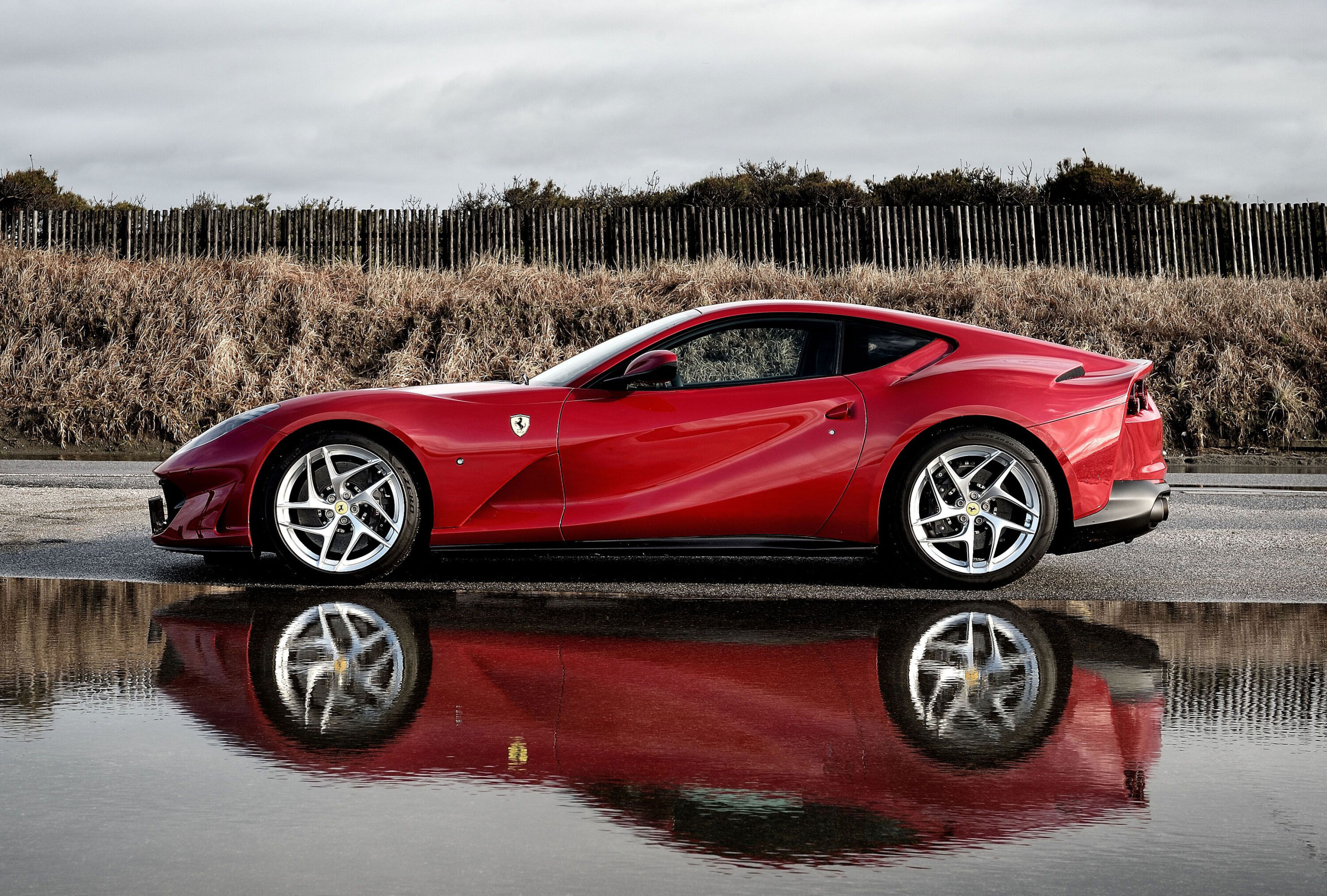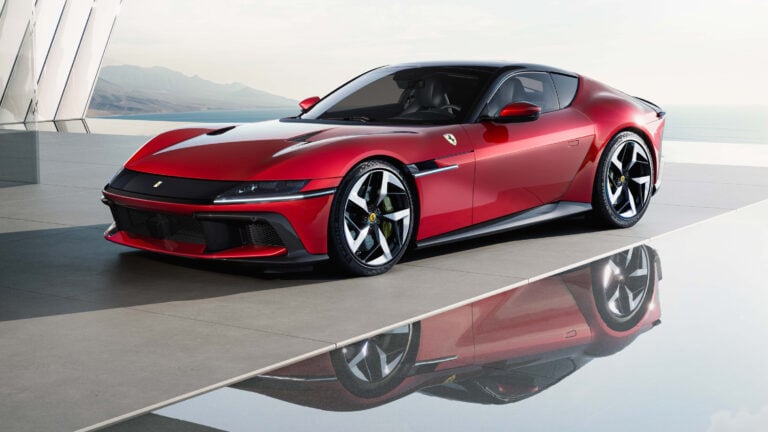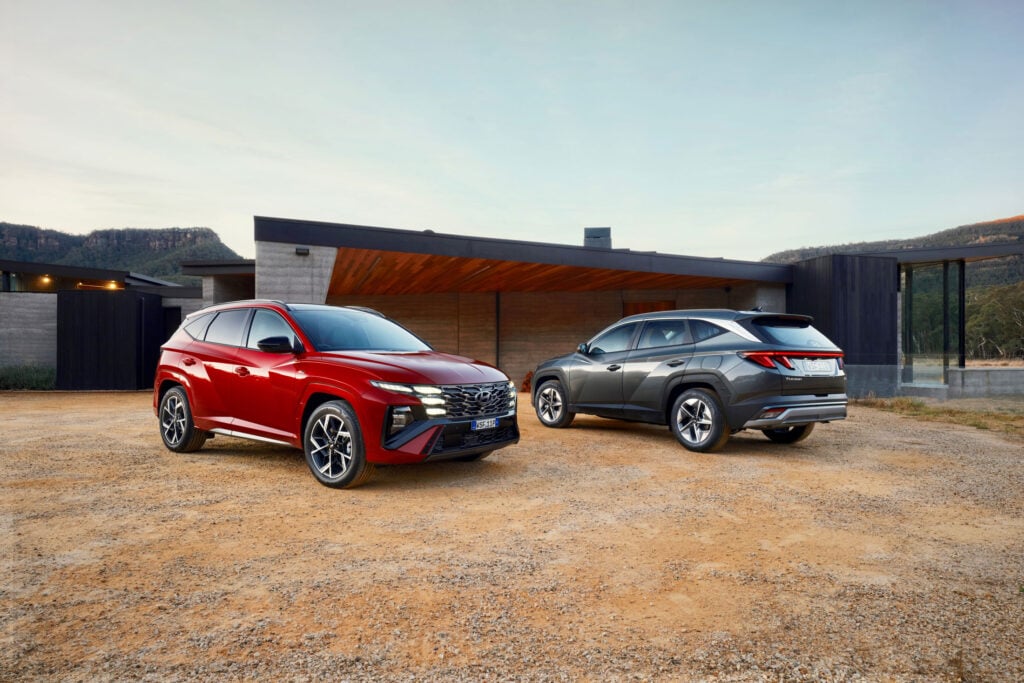When it comes to on-the-nose names, Superfast has to be right up there. It’s not as if we couldn’t have figured out for ourselves that a car with 800PS (588kW) wasn’t going to be somewhat brisk. In replacing the 812 Superfast with the 12-cylinder 12Cilindri, at least Ferrari is honouring a certain tradition for statements of the obvious.
When it first appeared in 2017, many took the 812 Superfast to be a modest makeover of the prior F12 berlinetta, and that’s because it largely was. But, as Ferrari enthusiasts know, small changes can spawn extremely consequential results. After all, the wonderful F355 was a development of the unloved 348 performed on a relatively tight budget.
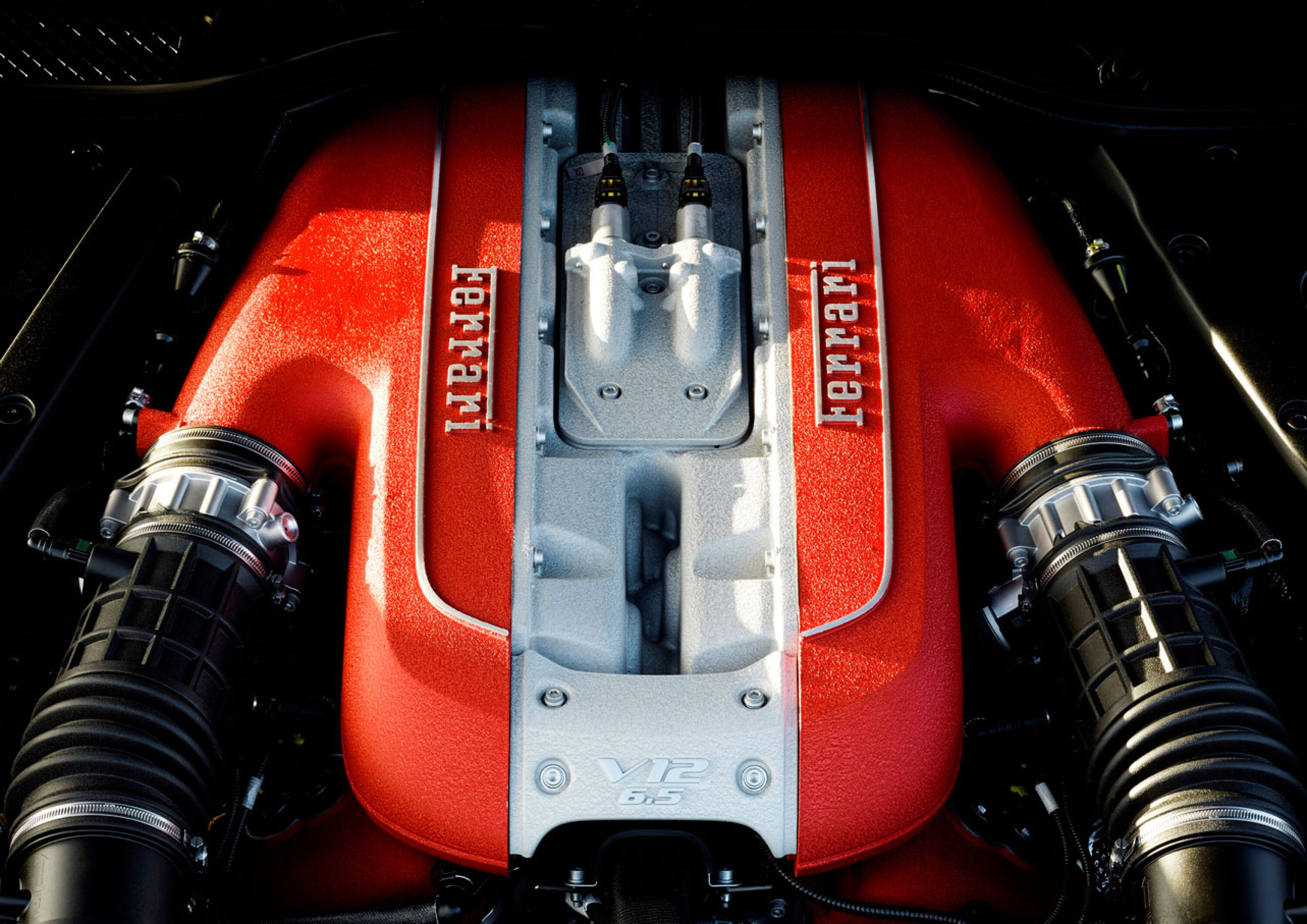
Behind all of the headline numbers, the Superfast represented something low-key but high impact. It was the changing of the guard within Ferrari’s styling policy. For years, Pininfarina has been responsible for penning Ferrari’s front-engined GT. All the way through to the 599GTB of 2006, the work of arguably the most esteemed of the Italian styling houses had shaped these cars.
The F12 arrived in 2012 and it was different. It was a joint effort between Pininfarina and Ferrari Centro Stile, the in-house design function at Maranello. It also foreshadowed Ferrari’s chief design officer Flavio Manzoni flexing his corporate muscles. Its successor, the 812 Superfast, was the first Ferrari flagship GT to cut Pininfarina out of the styling loop. Since then, cars like the Roma, the Purosangue, the 296, the SF90 and the new 12Cilindri have all been styled in-house.
The 812 Superfast was a statement of intent. Purposeful and deftly detailed, like its predecessor, it had the visual form factor of a GT car – all long bonnet and cab-back proportions – but the drive was anything but that of a syrupy mile-muncher. Drive one back to back with a Lamborghini Aventador SVJ and the Superfast felt marginally the angrier, more urgent thing, especially with the manettino thumbed into Race mode. There was never a moment in this car when you weren’t aware that all of the 718Nm was being directed at the two rear P Zeros.
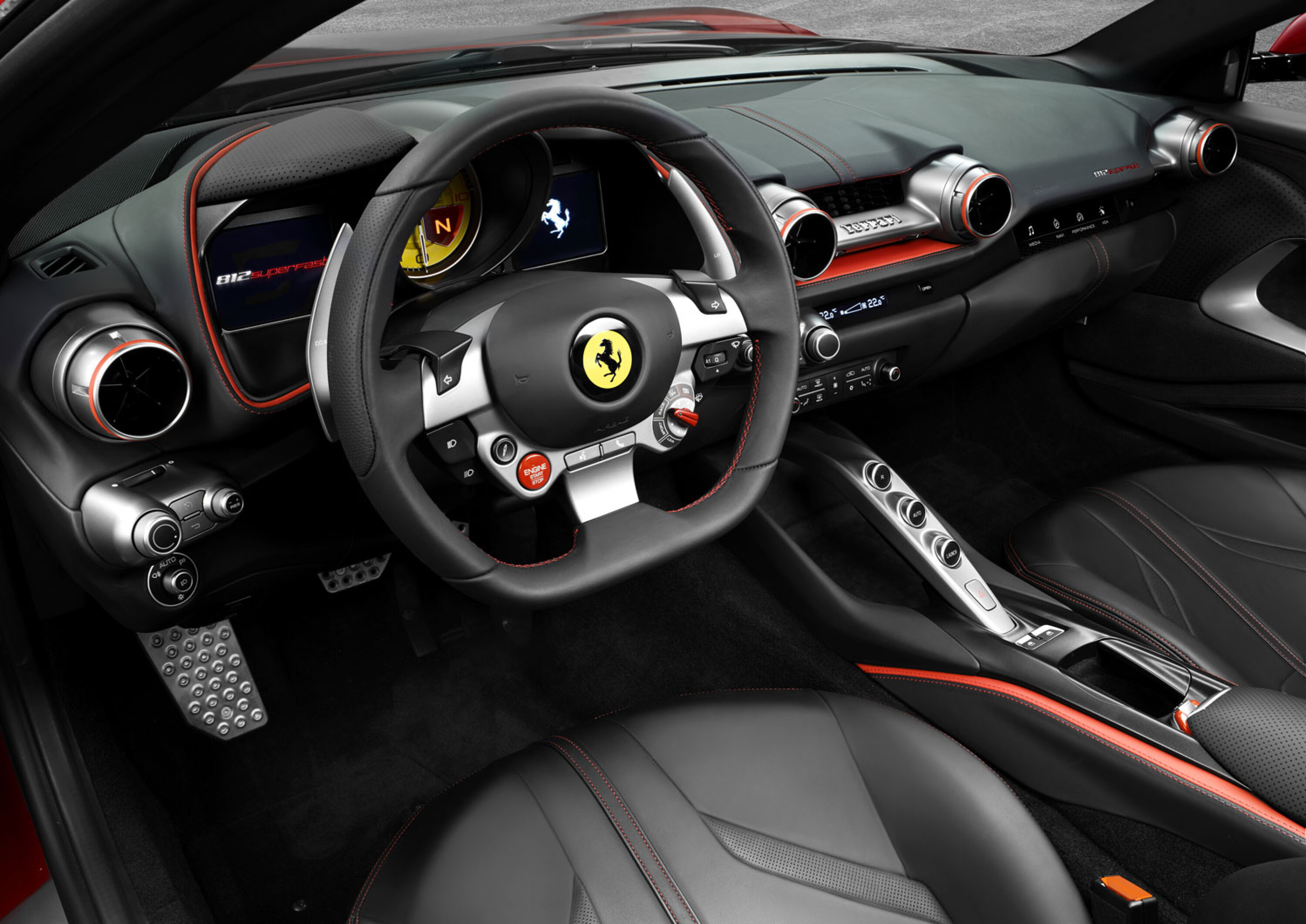
A key component of the 812 Superfast’s appeal was that it would be the last of its ilk. No longer would Ferrari sell us a normally-aspirated V12 in a world where arbiters within the EU could casually wipe them out with a line of legislation. Customers were drawn to the Superfast and its GTS and Competizione versions based on exactly this premise. Hindsight, however, proved us all wrong. Let’s be clear, Ferrari never explicitly made that claim. It was just the feeling in the water, with us, the motoring press, as guilty as anyone.
Thus, the 12Cilindri conspired to make us all look a little bit silly. Does it also serve to erode the 812 Superfast’s legacy in the canon of great Ferrari V12s? Probably. If you’re in the business of speculation, that will matter. If you’re more concerned with driving one of the very finest 12-cylinder performance cars to ever turn a wheel, chances are you probably won’t care.
How fast?
| (0-km/h) | Secs |
|---|---|
| 40 | 1.3 |
| 60 | 1.7 |
| 80 | 2.4 |
| 100 | 2.9 |
| 120 | 3.7 |
| 140 | 4.9 |
| 160 | 5.5 |
| 180 | 6.7 |
| 200 | 7.9 |
| 220 | 9.7 |
| 240 | 11.7 |
| 260 | 14.1 |
| 280 | 17.0 |
| 300 | 21.4 |
| 0-400m | 10.3 |
BUYING AN 812 SUPERFAST
Now’s a good time to buy a Superfast, with owners migrating from these cars to Cilindri. Final Superfast/GTS orders were taken in February ’22. Pre-January cars sound better as they don’t feature a PPF, but were also prone to oil pooling due to a warped solenoid valve holder cover. Dodgy alternators with flaky voltage regulators can kill the battery with knock-on ECU effects. Rear diffusers can also be fitted in a slightly wonky fashion. Petrol gauges have a tendency to over-read. Largely, the is a robust proposition, but modify one at your peril.


